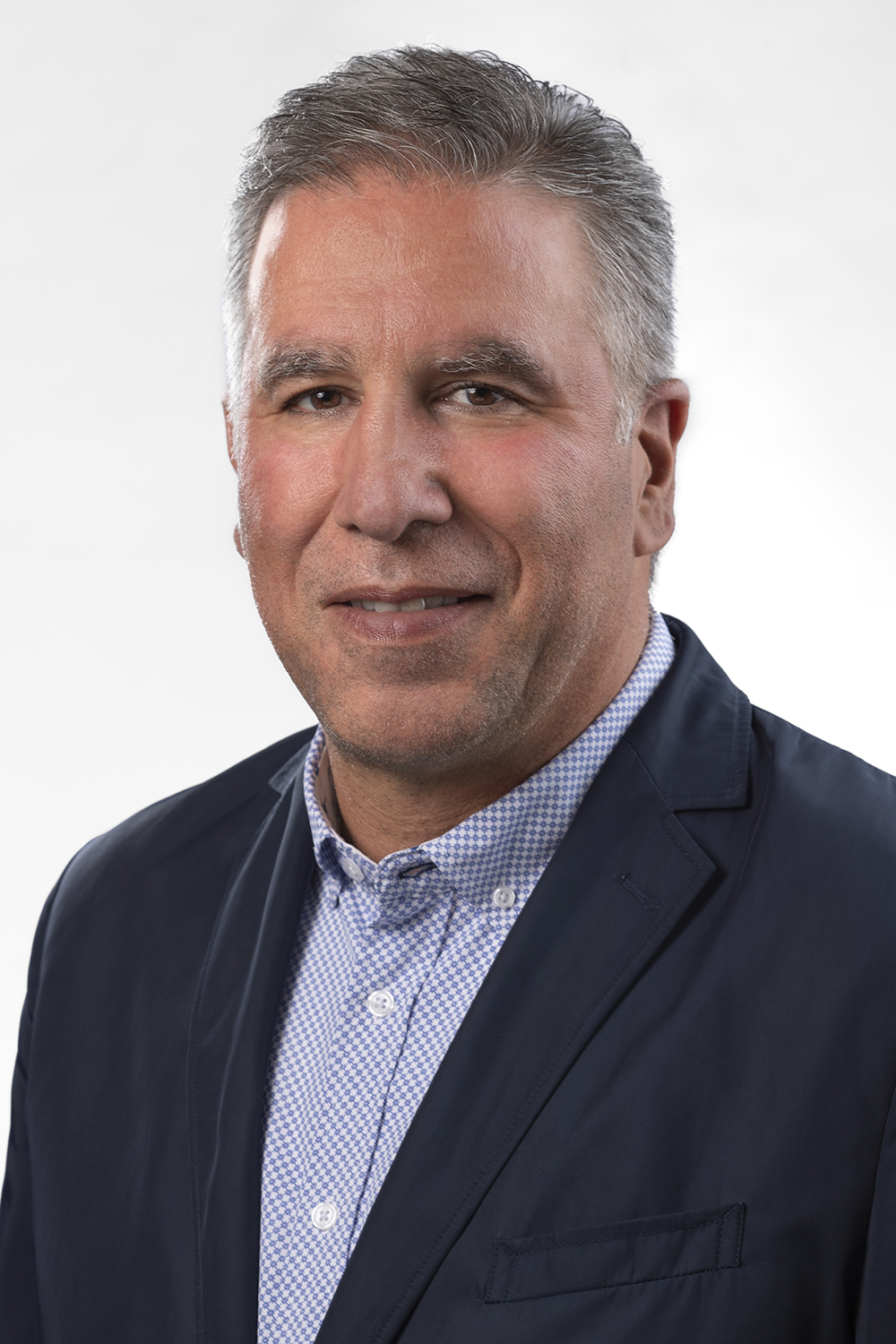Sal Pellingra has spent a career in the flexible packaging industry, currently serving as vice president of global package design, applications, and business development at ProAmpac, a global packaging company with more than 6,200 workers. So, when a college student asks for Pellingra’s career advice, he is direct and concise: Learn to communicate effectively in written and spoken forms and be able to do so whether communicating with a CEO or someone on a factory floor.
“You have to find a way to relate to them, no matter which way you communicate,” Pellingra says during an online meeting with students attending the Flexible Packaging Association’s (FPA’s) virtual summer internship program. Whether the message is spoken, texted, emailed, or expressed in another form, “it needs to be positive and professional.”
The virtual internship program, produced by FPA’s Emerging Leadership Council (ELC), connects interns from FPA member companies with ELC mentors. Through the summer, they hear presentations from industry leaders. Pellingra gives his talk in the latter part of a speaker series and notes he also teaches college as an adjunct professor at the University of Cincinnati in the College of Applied Science. He relates how he emphasizes the same advice with his students and then monitors how they improve their communication skills during the semester.
He also advises the ELC students to network—with a prime example being the summer program that gives students a broad overview of the packaging industry and then connects them with peers and professionals.
“I think this program is a huge example of networking,” Pellingra tells them. “You never know who you’re going to work with in the future or who you’re going to bump into as your career evolves.”
On Sustainability
His advice for students comes near the end of his hourlong presentation—“Sustainability and Flexible Packaging”—which hits on broad themes of where the packaging industry is when it comes to circularity and sustainability.
Pellingra reviews how sustainability efforts are being driven by numerous stakeholders, including businesses, governments that develop new regulations, and organizations, such as the Ellen MacArthur Foundation, that set aspirational goals.
He also discusses how the United States is behind other parts of the world, such as Europe, but is starting to catch up, with states like California creating regulations that encourage circularity efforts. However, he cautions that efforts must be implemented thoughtfully. For example, he says bans on materials can backfire if there are not sufficient or practical alternatives.
He reviews other dynamics, including how rigid containers often require extra packaging to avoid breakage during transport. The extra space needed for shipping—void fill—wastes packaging materials and adds to transportation costs, especially with the growth of e-commerce.
“There is nothing worse than getting a large package in the mail, with a lot of void fill for a small product,” Pellingra says. One key is to design packaging so it minimizes that problem. Flexible packaging alternatives weigh less and are durable and conformable, making them easier to transport, he points out.
“Flexible packaging in general is using less in the first place,” Pellingra says. “So, it is using fewer fossil fuels, there is a reduction in greenhouse gases, and less energy and water are used. Shipping space and the associated energy to ship are reduced. There is a higher product-to-package ratio. And less material at the start results in less waste in the end.”
He also points to advances being made. For example, companies can ship some products in concentrates, and consumers can add water at home. “Not having to ship liquid is key,” Pellingra says. “Reduce shouldn’t just be the packaging but should include redesigning the product to reduce its impact on the environment as well.”
Developments in mechanical recycling and advanced recycling have helped with the circularity of plastics as well, but he stresses how those methods require large investments in infrastructure and changes in consumer behavior going forward.
Redesign Challenges
Another key to successful sustainability efforts is finding the right mix—where packaging promotes sustainability but also serves the function of delivering products to consumers in a safe, attractive, and convenient format, he says.
“When you can combine functionality along with sustainability, that’s where the real win is,” Pellingra tells the students. “If you just redesign for sustainability, the cost is going to go up and it is a harder sell.”
Design and functionality are important to consumers, he says.
“If you can design in functional improvements like easy opening and dispensing, or getting all the product out of the package easily, or recloseability, that is a real win,” Pellingra says.
The worst case scenario is to have a lot of packaging and low functionality. The best case is to have the most functionality with the least amount of packaging. Consumers also want to protect against food waste, so designs need to consider how well a package will protect and preserve food.
“The goal for packaging is designing the most functionality with the least amount of material and utilizing materials that can be recycled. Sounds easy, but it’s a huge challenge with so many different product types and requirements,” Pellingra says.
Thomas A. Barstow is the senior editor at FlexPack VOICE®.
